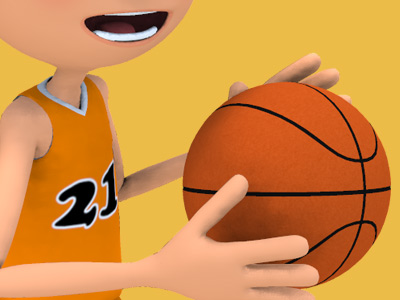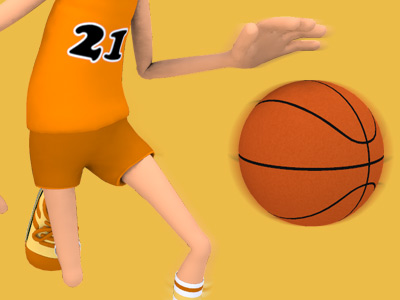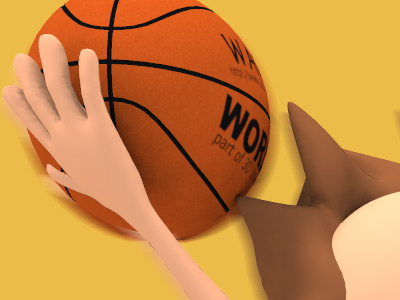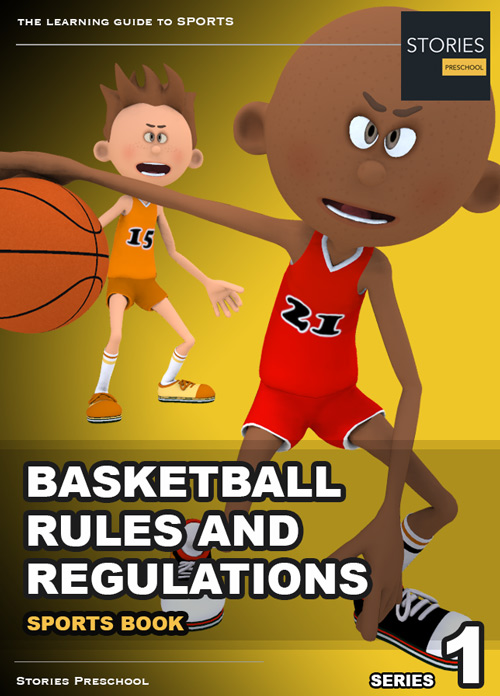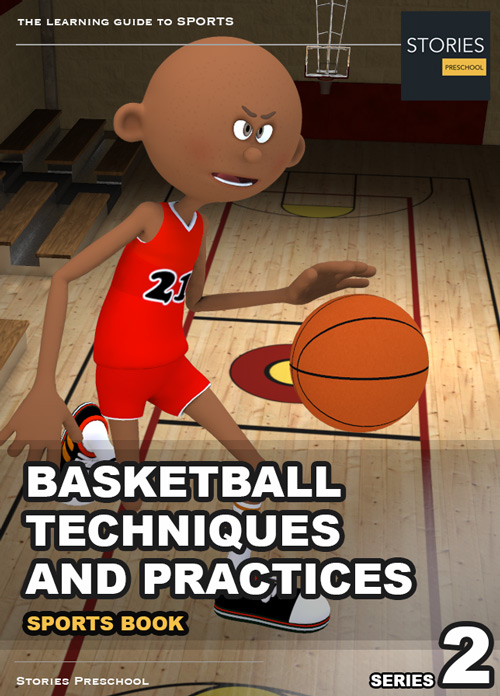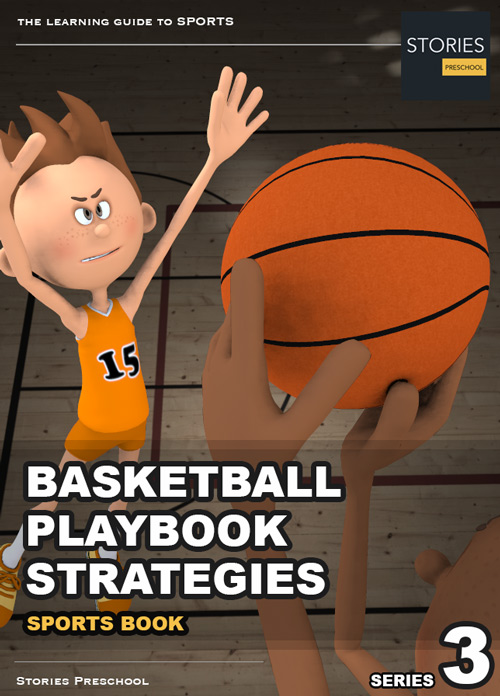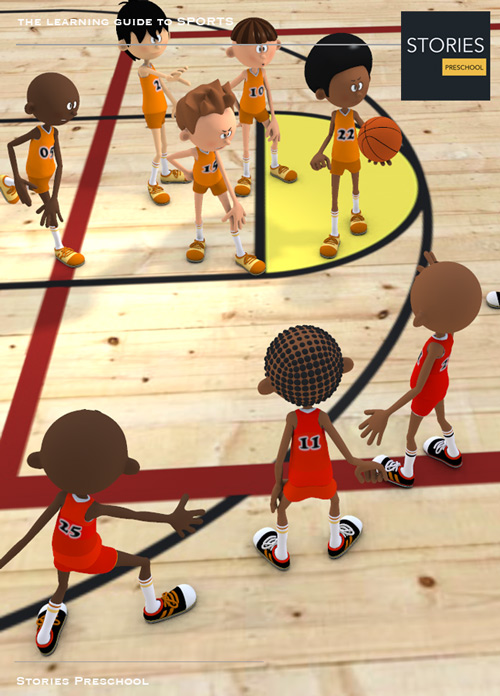Basketball

Basketball Ball
A basketball is a spherical inflated ball used in a game of basketball. Basketballs typically range in size from very small promotional items only a few inches in diameter to extra large balls nearly a foot in diameter used in training exercises, for example a basketball in high school would be about "27" while a NBA ball would be about "29". The actual standard size of a basketball in the NBA is 9.5 to 9.85 inches (24.1 to 25.0 cm) in diameter.

Aside from the court and the baskets, the basketball is the only piece of equipment necessary to play the game of basketball. During the game, the ball must be bounced continuously (dribbling), thrown through the air to other players (passing) and towards the basket (shooting). Therefore, the ball must be very durable and easy to hold on to. The basketball is also used to perform tricks (sometimes called freestyling), the most common of which are spinning the ball on the tip of one's index finger, dribbling in complex patterns, rolling the ball over one's shoulder, or performing aerobatic maneuvers with the ball while executing a slam dunk, most notably in the context of a slam dunk contest.

Characteristics
Nearly all basketballs have an inflatable inner rubber bladder, generally wrapped in layers of fiber and then covered with a surface made either from leather (traditional), rubber, or a synthetic composite. As in most inflatable balls, there is a small opening that allows the pressure to be increased or decreased.
The surface of the ball is nearly always divided by "ribs" that are recessed below the surface of the ball in a variety of configurations and are generally a contrasting color. An orange surface with black ribs and a possible logo is the traditional color scheme of basketballs but they are sold in various colors.

Balls are generally designated for indoor (generally made of leather or absorbent composites), or all-surface use (generally made of rubber or durable composites, also known as Indoor/Outdoor balls). Indoor balls tend to be considerably more expensive than all-surface balls due to cost of materials. In addition, brand new all-leather indoor balls must be "broken in" first to achieve optimal grip before use in competition. The abrasiveness of asphalt and the dirt and moisture present in an outdoor setting will usually ruin an indoor ball within a very short period of time, which is why an indoor/outdoor ball is recommended for recreational players. Outdoor balls are commonly made from rubber to cope with rougher conditions, and they need to be filled with more air to retain a suitable level of air pressure in colder weather.
SPORTS
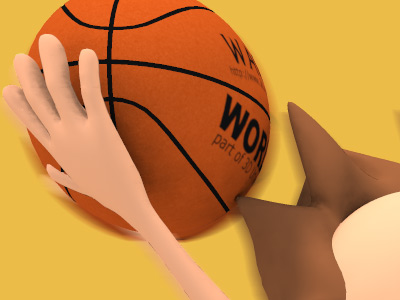
RESOURCES
This article uses material from the Wikipedia articles "Basketball" and "Basketball (ball)", which is released under the Creative Commons Attribution-Share-Alike License 3.0.
© Stories Preschool. All Rights Reserved.
